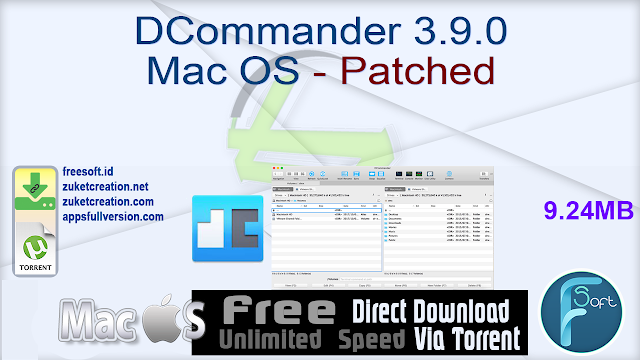

- #MAC OS HIGH SIERRA ISO RUFUS FOR MAC#
- #MAC OS HIGH SIERRA ISO RUFUS INSTALL#
- #MAC OS HIGH SIERRA ISO RUFUS DRIVERS#
- #MAC OS HIGH SIERRA ISO RUFUS PC#
How do you boot from USB if BIOS does not support it? Hold the keys down until the computer restarts and you hear the startup sound for the second time.
#MAC OS HIGH SIERRA ISO RUFUS INSTALL#
CAN MAC USE NTFS ON HIGH SIERRA INSTALL. #MAC OS HIGH SIERRA ISO RUFUS FOR MAC#
CAN MAC USE NTFS ON HIGH SIERRA FOR MAC. 
Maybe newer versions will work)Īs none of the above worked, I ended up first installing Ubuntu and then used that Ubuntu installation (it has GRUB2!) to create a bootable USB stick.
using Windows inside VirtualBox to write to the USB stick did not work either, as VirtualBox does not support USB 3.0 yet (I even updated by VirtualBox to 5.0.0 RC1 but still no luck. While I did not encounter any errors and the resulting USB media seemed to be bootable, it just crashed during boot (started to boot then halted the system, no error). using UNetbootin to create the media (supplying Windows installer ISO as custom ISO). While I did not encounter any errors, the resulting USB media was not bootable. the typical suggestion of using hdiutil to convert ISO to UDRW IMG and then using dd to copy it to the USB. I want to prepare the USB media on my Mac (OS X 10.10 Yosemite). I have an ISO image of the installation DVD. #MAC OS HIGH SIERRA ISO RUFUS PC#
I want to install Windows 7 (32-bit) on a PC (not on a Mac) using a USB removable media (8GB). this second method will most likely prove more dependable.Īs none of the answers I found on the internet worked for me, here are the steps that I ended up following.įirst of all, brief description of my setup: Considering that trying to make a Windows bootable USB stick with a Mac requires tools that either don't exist any more or are not being developed any more. When Windows finally boots up, you will need to enter all information as if this really was a new, fresh installationĪll that is from here, but it applies in this situation a well, since you would be moving a Windows 7 installation from one computer to another. One or two reboots are needed, depending on your system specifications You will notice Windows booting as if it was the first boot after installation, installing default and updating registry. Boot the PC from sysprep generalized hard disk. Sysprep generalizes now your Windows 7 setup and shuts down your computer.ĭo not run any other programs during this phase!. In sysprep dialog that opens, choose “System Cleanup Action” as “Enter System Out-of-Box-Experience (OOBE)”, select “Generalize”, and select “Shutdown Options” as “Shutdown”. Type to Command Prompt: %windir%\System32\Sysprep\Sysprep.exe, and hit Enter. #MAC OS HIGH SIERRA ISO RUFUS DRIVERS#
Once it is up and running (don't worry about drivers yet), follow these steps. Put your Windows 7 installation disc into the Mac optical drive, and install Windows 7 on that drive. One method that will work is to swap the hard drive out of the PC and into the Mac. I can find other copies of Live USB helper out there, but they are all Windows executables. that article may prove useful, but probably not. after you read all that, on the Gizmodo page it says that if you want to make it bootable you should use a utility called Live USB helper they link to (which isn't there any more) and use a Mac mounting tool (which isn't there either!) to force the ISO to mount on the Mac so you can copy the files over.

Run diskutil eject /dev/disk N, and remove your flash media when the command completes (this can take a few hours on slower drives) Run diskutil unmountDisk /dev/disk N (replace N with the disk number from the last command in the previous example, N would be 2)Įxecute sudo dd if=/path/to/downloaded.iso of=/dev/disk N bs=1m (replace /path/to/downloaded.iso with the path where the image file is located for example. Run diskutil list and determine the device node assigned to your flash media (e.g., /dev/disk2) Here are some instructions from Gizmodo that will put the ISO onto the flash drive with a Mac.







 0 kommentar(er)
0 kommentar(er)
